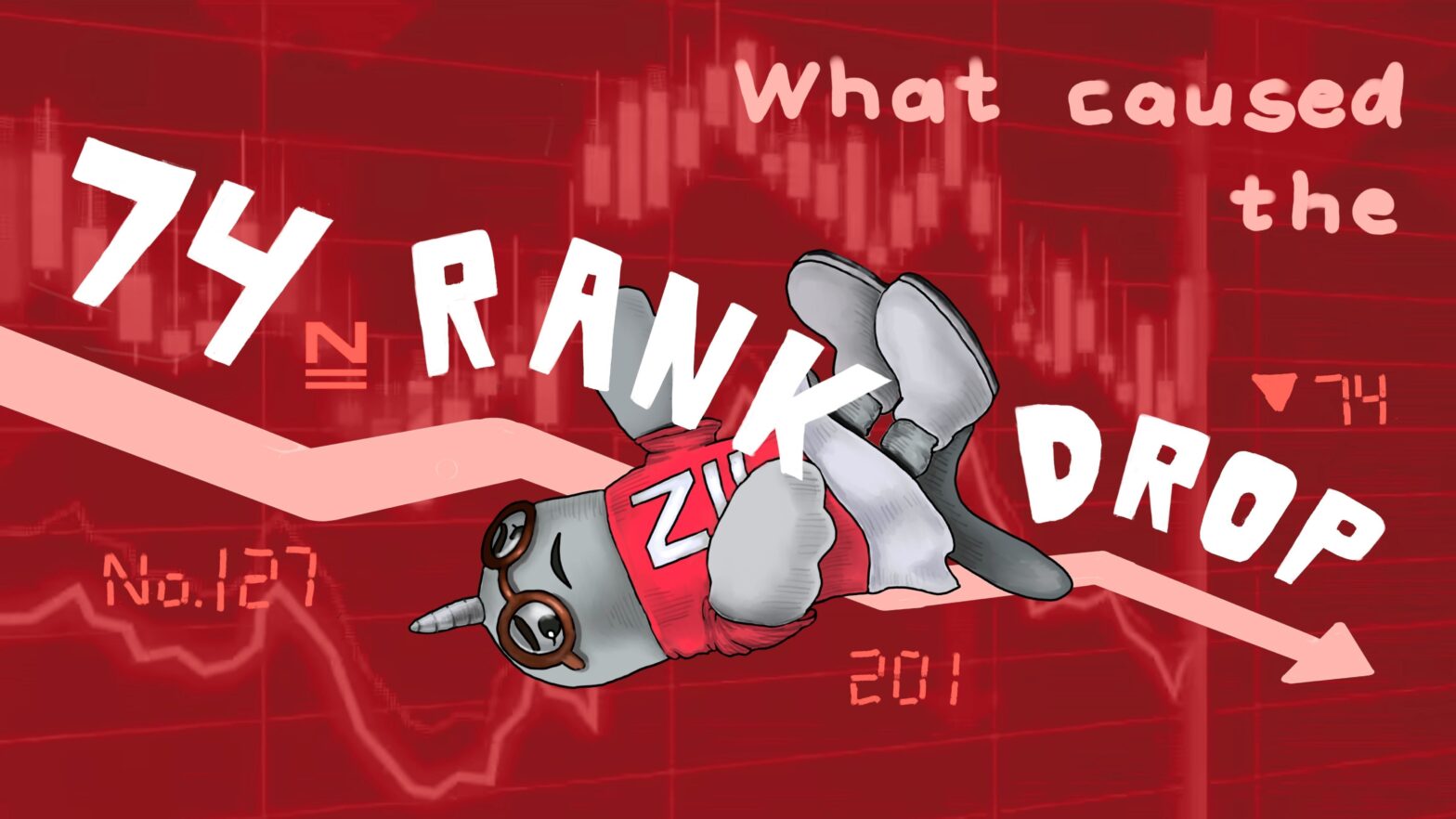This story was updated on Oct. 12 at 7:16pm.
The New School plunged a shocking 74 places in the U.S. News and World Report’s 2024 Best National Universities ranking, from 127 in 2023 to 201 in the new list. A shift in this year’s U.S. News methodology now places more emphasis on factors like social mobility (a university’s ability to graduate economically disadvantaged students) – an area where New School underperformed. While other private universities in New York City have also fallen in ranking, by comparison TNS’s decline in recent years is significantly steeper.
Created by Olivia Young with Flourish
Data generated from Andrew G. Reiter, “U.S. News & World Report Historical Liberal Arts College and University Rankings,” available at: http://andyreiter.com/datasets/
According to the new ranking system, more than half of what determines a school’s rank is made up of varying outcome measures related to a schools’ success at enrolling, retaining, and graduating students from different backgrounds with manageable debt and post-graduate success.
The most drastic data point comes from an addition to the methodology: college graduates earning more than a high school graduate earns. This measure examines the number of federal loan recipients who earned more after completing their undergraduate degree than those whose highest level of education is a high school diploma. Here, New School ranked 396 out of 404 institutions.
One caveat to this data breakdown is that a “federal loan recipient” refers to an American citizen who filed a Free Application for Federal Student Aid (FAFSA) form. A large proportion of students at TNS do not fill out the form, according to Paula Young, the university’s Vice Provost for Institutional Research and Decision Support. And as of Fall 2022, TNS is made up of 33% international students.
“The number of students that they’re using to make this comparison from The New School is probably a lot smaller than some of the other schools on this list,” Young said. “I think it’s going to behave in a strange way for The New School, and not be as useful as it may be for other institutions.”
Many other methodology changes may have contributed to TNS’s social mobility ranking, and as a result their national university ranking. Currently, students experience the barriers to social mobility in a range of ways during their time at New School. This is explicitly demonstrated through the U.S. News’ social mobility ranking that places TNS far below other NYC private universities in its capability to graduate “economically disadvantaged students,” at 354 out of 404 institutions.
Created by Olivia Young with Flourish
Data generated from the U.S. News & World Report, “Top Performers on Social Mobility,” available at: https://www.usnews.com/best-colleges/rankings/national-universities/social-mobility
In order to measure social mobility, an emphasis was placed on two factors — the graduation rate of those who receive a Federal Pell Grant, and the graduation rate of first generation students. A Pell Grant is awarded to undergraduate students who are in exceptional financial need, and a first generation student refers to someone whose parents did not attend college. Regarding Pell graduation rates, TNS ranked 217 out of 435 institutions. And for first generation graduation rates, it was ranked 146 out of 433 institutions.
Two other factors may have contributed to the university’s ranking: graduation rate performance and borrower debt. Graduation rate performance compares what U.S. News predicted a university’s graduation rate would be, to the actual graduation rate — where TNS scored -2 on over/under performance and ranked 274 out of 435 institutions. Borrower debt measures the average amount of federal loan debt among borrowers who graduated. At TNS, the average graduate median loan debt was at $22,266 and ranked 239 out of 433 institutions.
U.S. News also removed a number of factors that may have benefitted New School in past years. Such as, class size, where the college previously reported 88.6% of its classes having less than 20 students. U.S. News also lowered the weight of financial resources per student, which is measured by comparing total academic spending against total student enrollment (the higher the average expenditure per student, the better the score). Here, TNS ranked 95 out of 435 institutions.
Additionally, the financial burden of attending TNS has continued to increase in recent years. As of the 2021-2022 academic year, the actual net price of attending the university has exceeded the estimated cost of attendance. Net price here refers to the total cost of attendance minus any aid.
Created by Mackenzie Peluso with FlourishData generated from the National Center for Education Statistics, “College Navigator,” available at: https://nces.ed.gov/collegenavigator/?q=The+New+School&s=NY&zc=10011&zd=0&of=3&id=193654#netprc
The net price of attending TNS visibly exceeds the average for NYC private universities when organized by average family income. Note that the data related to TNS is taken from the 2021-2022 academic year, and the net price of the average NYC private university is the most recent data available as of January 2023.
Created by Mackenzie Peluso with Flourish
Data on The New School from National Center for Education Statistics, “College Navigator — The New School,” available at: https://nces.ed.gov/collegenavigator/?q=the+new+school&s=all&id=193654
Data on New York private schools from Taming the High Cost of College, “Net Price of New York Colleges by Income,” available at: https://tamingthehighcostofcollege.com/net-price-of-new-york-colleges-by-income/
In response to the changes, a spokesperson for TNS said: “We are proud of the exceptional learning experience we offer our students—the value of our rigorous, multidimensional approach to education can be seen and felt in the daily impact our students, faculty, staff, and alumni have in the world. As always, we will continue to evaluate our distinctive academic experience by our own standards as well as other evaluative entities such as college rankings.”
The new methodology crafted by US News and World Report allowed a select number of public universities to move up significantly in rankings. Others suffered alongside TNS — though less drastically — like New York University, which dropped 10 spots from 25 to 35. But the change had little effect on top ranked universities. Princeton remained at the top spot for its 13th consecutive year, followed by Massachusetts Institute of Technology at two, Harvard and Stanford tied at three, and Yale at five.
“It definitely impacts us as an institution,” Young said. “I want us as an institution to do well in rankings. I also question the methodology of many rankings. If you look at them, even when they make huge changes, like the U.S. News just did, the top five schools did not change.”
Click here for a thorough breakdown of the criteria used by U.S. News and where TNS ranks according to each one.
A previous version of this article did not include the full citation for the data in the graph titled “The cost of The New School compared to the average cost of a New York private school.” The article has been updated to reflect the accurate sources for data on The New School and New York private schools respectively.








Leave a Reply